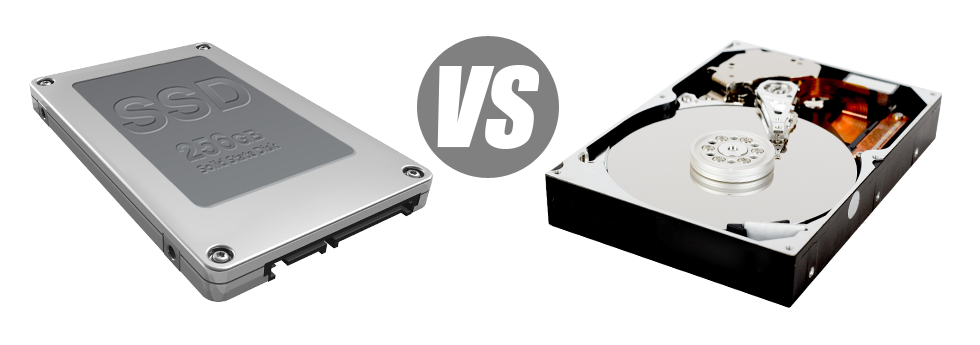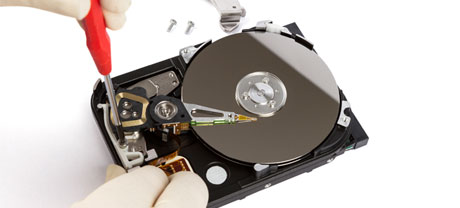For people with a web site as well as an web app, speed is very important. The speedier your web site functions and then the quicker your apps function, the better for everyone. Because a website is an offering of files that talk with one another, the systems that keep and access these files play a huge role in web site overall performance.
Hard disks, or HDDs, were, until recent years, the most trusted devices for saving data. Nevertheless, in recent years solid–state drives, or SSDs, are actually gaining interest. Take a look at our comparability chart to determine if HDDs or SSDs are better for you.
1. Access Time
After the arrival of SSD drives, file access speeds have gone through the roof. As a result of unique electronic interfaces utilized in SSD drives, the average file access time has shrunk into a record low of 0.1millisecond.
HDD drives count on spinning disks for data storage reasons. When a file is being utilized, you need to wait around for the correct disk to reach the appropriate position for the laser to view the data file you want. This ends in a common access rate of 5 to 8 milliseconds.
2. Random I/O Performance
Caused by the brand new significant data file storage solution shared by SSDs, they give you faster file access speeds and faster random I/O performance.
During our trials, all of the SSDs demonstrated their capacity to work with at the least 6000 IO’s per second.
All through the same trials, the HDD drives demonstrated to be significantly slower, with simply 400 IO operations maintained per second. While this seems to be a large number, when you have a busy web server that hosts numerous sought after sites, a sluggish hard drive could lead to slow–loading web sites.
3. Reliability
SSD drives are meant to have as less rotating parts as is practical. They utilize a comparable concept like the one employed in flash drives and are much more trustworthy in comparison with regular HDD drives.
SSDs have an typical failure rate of 0.5%.
With an HDD drive to work, it needs to spin a couple of metallic disks at a minimum of 7200 rpm, having them magnetically stabilized in mid–air. They have a large amount of moving elements, motors, magnets and also other tools stuffed in a tiny space. Consequently it’s no surprise the average rate of failing of an HDD drive ranges between 2% and 5%.
4. Energy Conservation
SSDs lack moving parts and need hardly any cooling energy. In addition, they require not much electricity to work – tests have demostrated they can be operated by a normal AA battery.
In general, SSDs consume amongst 2 and 5 watts.
HDD drives are renowned for being loud. They want more electricity for air conditioning purposes. On a hosting server which has a variety of HDDs running continuously, you need a lot of fans to make sure they’re cool – this will make them far less energy–efficient than SSD drives.
HDDs take in between 6 and 15 watts.
5. CPU Power
SSD drives support faster file access speeds, that, in return, permit the CPU to finish file queries much faster and after that to return to other tasks.
The regular I/O wait for SSD drives is barely 1%.
HDD drives permit sluggish accessibility rates when compared with SSDs do, which will result in the CPU being required to hold out, while reserving resources for your HDD to find and give back the demanded data.
The average I/O wait for HDD drives is just about 7%.
6.Input/Output Request Times
In real life, SSDs conduct as admirably as they have during our testing. We produced an entire system back up using one of the production servers. Over the backup process, the average service time for any I/O calls was basically under 20 ms.
During the same lab tests with the same hosting server, this time around suited out with HDDs, efficiency was noticeably reduced. During the web server back–up process, the standard service time for I/O demands varied between 400 and 500 ms.
7. Backup Rates
An additional real–life enhancement is the rate with which the data backup has been produced. With SSDs, a web server back up now can take no more than 6 hours implementing our server–optimized software.
Throughout the years, we have got made use of predominantly HDD drives on our machines and we’re familiar with their efficiency. With a hosting server built with HDD drives, a full hosting server backup will take about 20 to 24 hours.
With SKC Hosting, you can find SSD–operated web hosting solutions at the best prices. The Linux shared website hosting packages include SSD drives by default. Go in for an account with SKC Hosting and witness how your sites can become far better quickly.
Hepsia
- Live Demo
Service guarantees
- Each one of our Virtual Private Servers is put together for you without cost. 99.9% network uptime. Full root server access privileges.
Compare our prices
- Preview the tools and parameters coming with SKC Hosting’s Virtual Private Servers. You could start off with a smaller VPS package and upgrade with just a click of the mouse as your demands expand.
- Compare our hosting plans
Contact Us
- You’ll be able to make contact with us 24 hours by email or by making use of our super–fast ticketing platform. Our company offers a 1–hour reply time frame guarantee.















